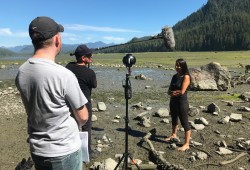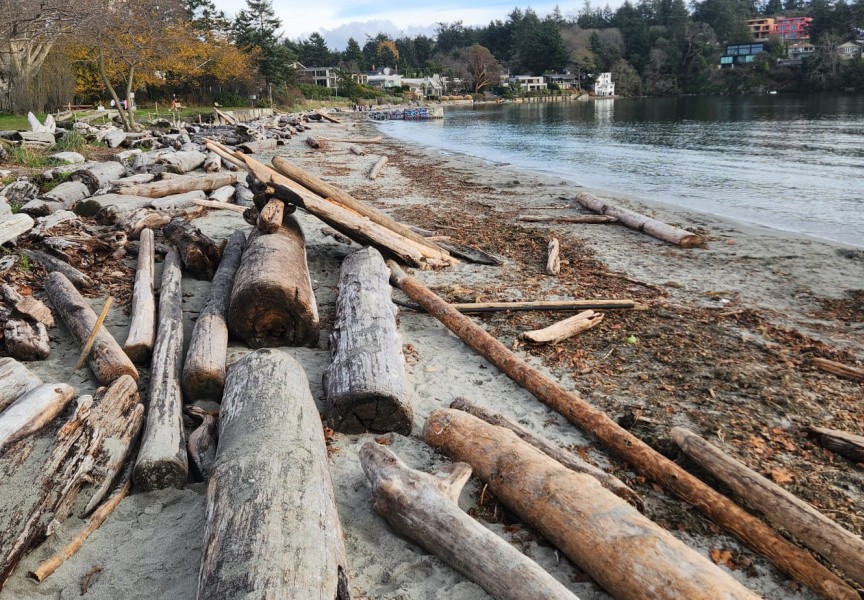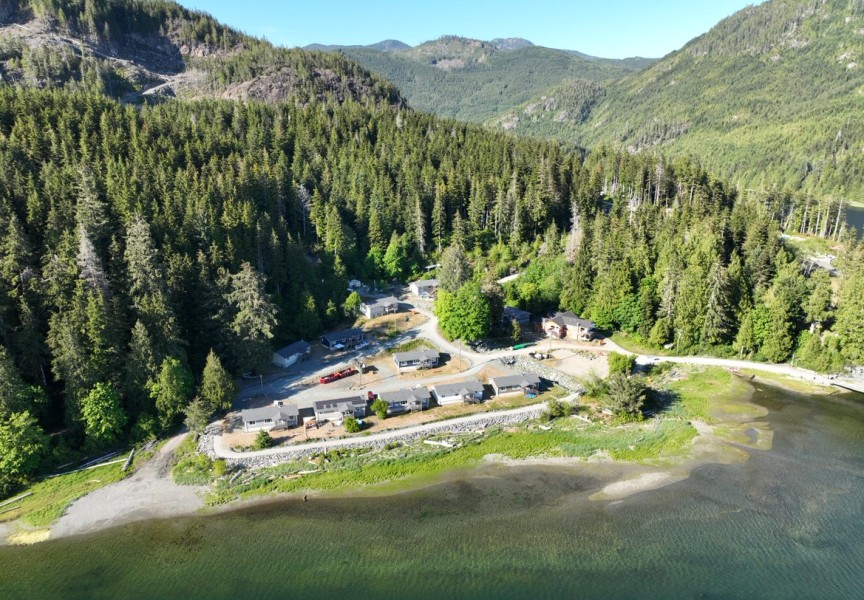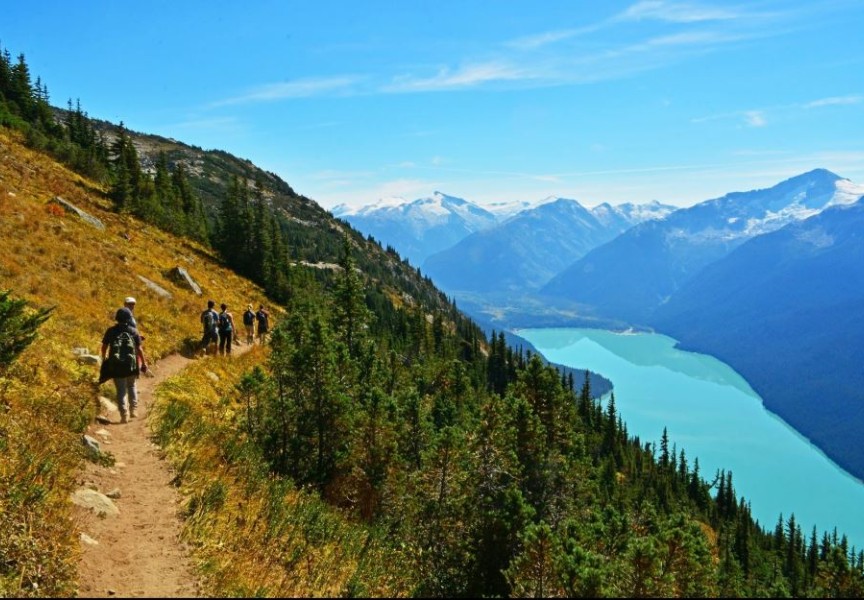Two new videos that harness virtual reality technology are aiming to change how people see land conservation by telling stories from Ahousaht and Tla-o-qui-aht territory.
Nature United, a conservation organization affiliated with the international Nature Conservancy, produced the videos, which provide an immersive virtual reality experience in Clayoquot Sound.
Ancient forests rooted along the “Emerald Edge”, the coastal stretch from Alaska through to Oregon, hold 300 million tons of carbon per year, according to Nature United. The organization advocates that the protection of these forests would not only provide solutions that address climate change, but also create resilience within biodiverse ecosystems. Seventeen per cent of the world’s remaining forest carbon and 80 per cent of its biodiversity are located on lands stewarded by Indigenous people, states the Nature’s Guardian video, one of the two virtual reality projects.
Tyson Atleo, hereditary representative for the Ahousaht First Nation and the Natural Climate Solutions Program director for Nature United, said the Nature’s Guardian video was an opportunity for Ahousaht stewardship guardians to speak about what they do.
“[To] share with the world the importance of [Ahousaht Stewardship Guardians] role and responsibilities and how the relationship that we have to our lands and waters is a deep and meaningful connection to us,” said Atleo. “It's a type of relationship, or an approach to relating to natural systems, that we think is important for the world to be aware of, reflect on and to embrace right now.”
“It produces such an emotional reaction to wanting to take care of place, and that's what we hope was translated through this [virtual reality] project,” he added.
Nature United’s Cedar’s Story and Nature’s Guardians made its way, most recently, to the Convention of the Parties: Convention on Biological Diversity (COP15) in Montreal.
“People from around the world were transported to Ahousaht territories, virtually, and had the opportunity to see and experience what our guardians do day to day, and how they feel about the work that they do,” said Atleo.
“Experiencing something through multiple senses will always be a richer educational experience than just reading about it or hearing about it,” said Jacqueline Nunes, director of Marketing and Communications for Nature United. “With this [virtual reality] piece, we had the idea of immersing people in this landscape.”
Nunes explains that the immersive experience makes the videos a new level of education through the ways the audience can connect emotionally.
Gisele Maria Martin ƛaʔuuk, cultural lifeways guardian, was involved in the making of the video Cedar’s Story in Tla-o-qui-aht territory.
Cedar’s Story begins along the mudflats in Tla-o-qui-aht territory, and Martin speaks about the way ƛaʔuukʷiʔatḥ language connects deeply to the lands.
In an interview with Ha-Shilth-Sa Martin explains the ecological resonance that lives within Tla-o-qui-aht language.
“In English people are talking about land-use planning. But in our own language, I just can't put it that way, it's land-care planning, [and] it’s land-responsibility planning. [That] is what our ancestors have always done,” said Martin.
Martin explains that this intergenerational care and reciprocity is shown when Nuučaanuł / Nuu-chah-nulth harvest a plank for a longhouse or canoe; they do not collect from that site again for 175 to 250 years.
Martin, who goes by the pronoun they, said that though there has been lots of effort in Clayoquot Sound to preserve and protect natural sites, it remains an ongoing process. Cedar needed to construct traditional canoes are becoming scarce due to the logging of coastal temperate rainforests forests, notably in neighbouring communities.
“Our rights are not just rights, they are responsibilities,” they said. “We have a responsibility to not only our human future generations, but to the biodiversity of the lands and the waters that we depend upon.”








